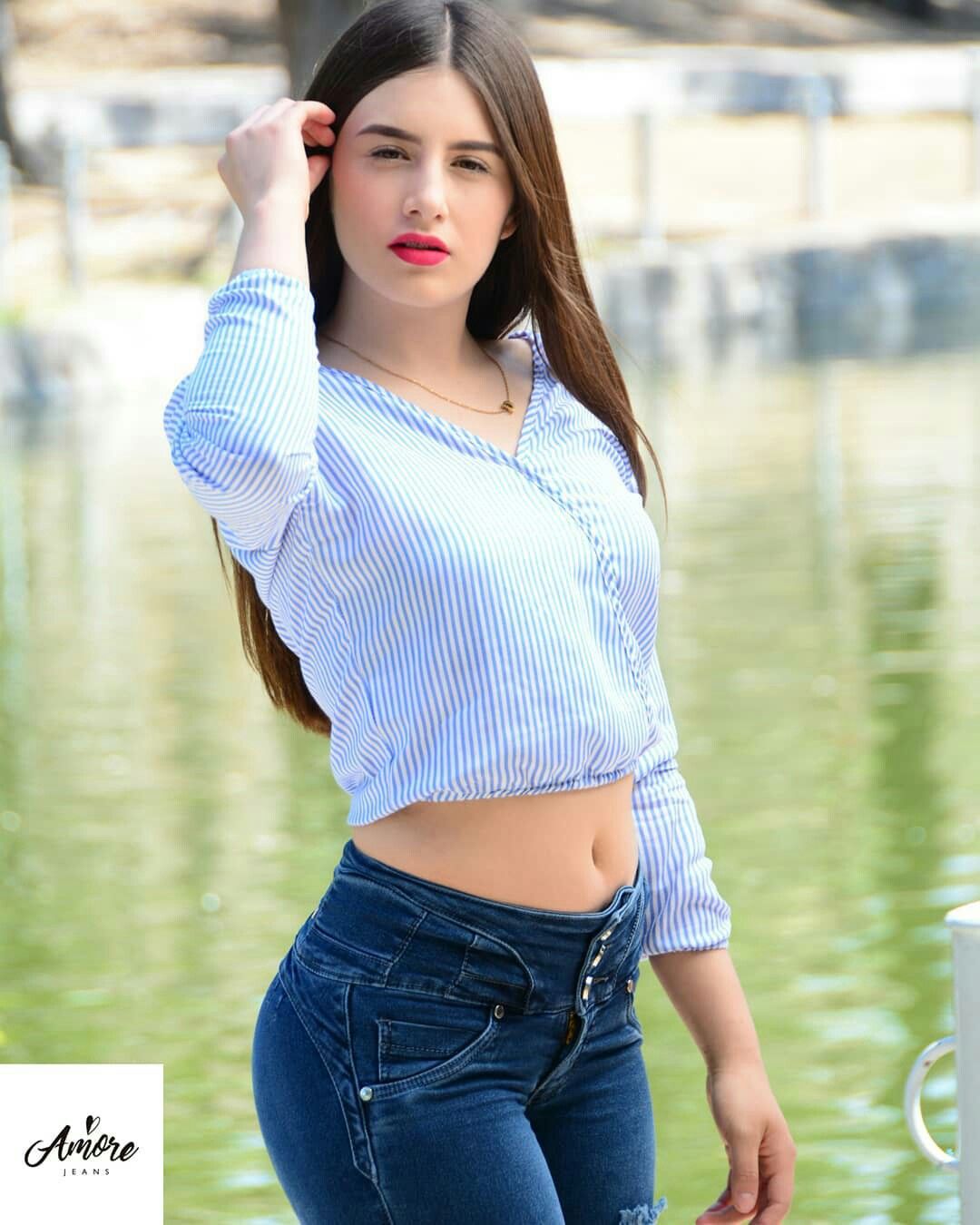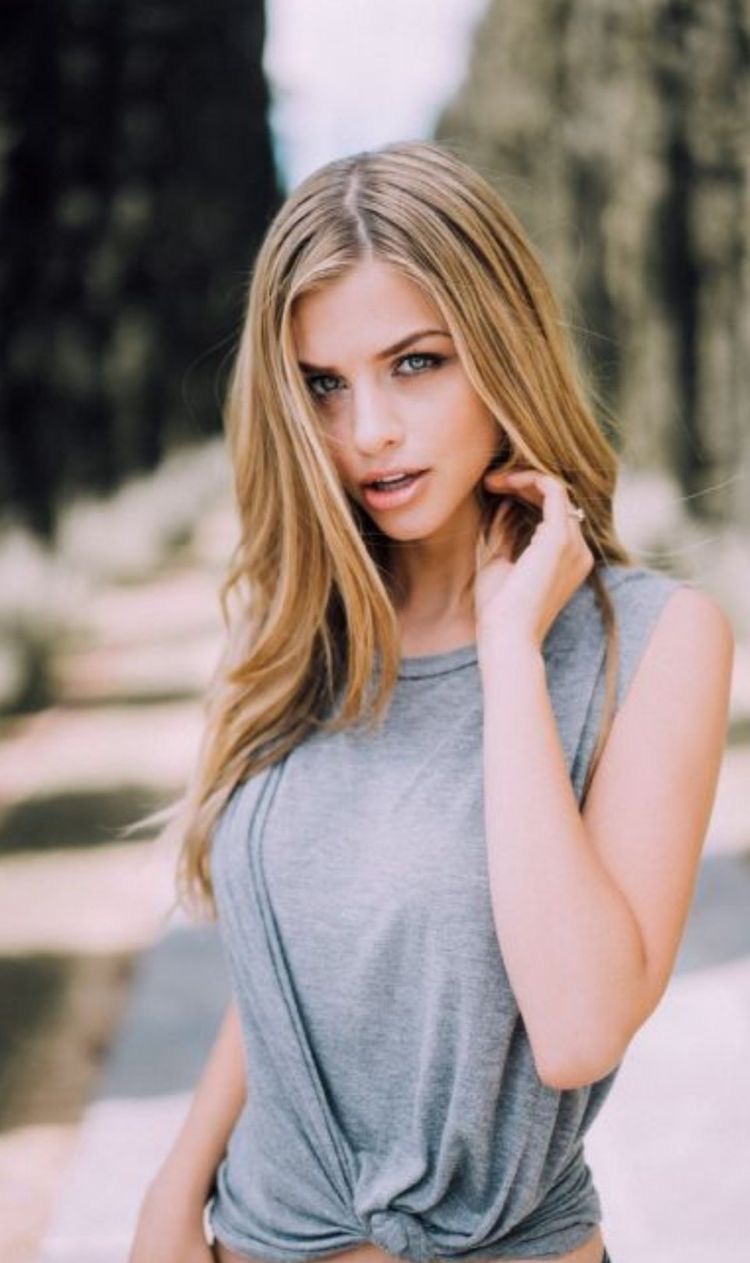Are we truly captivated by the concept of beautiful women, and if so, what defines this elusive ideal? The pursuit and representation of female beauty has been a constant across cultures and throughout history, fueling artistic expression, commercial endeavors, and societal expectations.
The internet is awash with imagery, a seemingly infinite scroll of faces and figures, all vying for attention under the umbrella of mujer hermosa – beautiful woman. Websites like Pixabay, Pinterest, and Pexels, alongside the vast archives of Getty Images, offer a glimpse into this visual landscape. They host an expansive collection of photographs, ranging from candid street shots to meticulously posed studio portraits, each image a distinct interpretation of beauty.
| Category | Details |
|---|---|
| Overview | A vast and diverse collection of images and visual representations centered on the theme of Mujer Hermosa (Beautiful Woman). |
| Content Sources |
|
| Imagery Characteristics |
|
| Audience Engagement |
|
| Commercial Use |
|
| Visual Trends |
|
| Search terms |
|
| References |
The sheer volume of images, readily accessible and downloadable, speaks to both the demand for such content and the evolving nature of beauty itself. Pixabay alone boasts over 300,000 free images categorized under Mujer Hermosa, showcasing diverse interpretations of the theme. These images include models, portraits, and fashion shots, with a broad range of poses, styles, and expressions. They represent a spectrum of ages, ethnicities, and aesthetics, offering a rich tapestry of visual representation.
Pinterest serves as a dynamic hub for curating and sharing these images, with users creating boards dedicated to specific aesthetics, styles, and ideas. The platform acts as a virtual mood board, facilitating the discovery of new trends and inspiring creativity. The act of pinning and sharing images fosters a community, with users engaging in discussions, expressing their preferences, and contributing to the ongoing dialogue surrounding beauty. The exploration of “Mujeres Hermosas” on Pinterest transcends mere image consumption; it fosters dialogue, encourages creativity, and shapes visual preferences.
Pexels and Getty Images offer a different perspective, providing stock photos for commercial and editorial use. The images found on these platforms are often of high quality, professionally shot, and curated to meet the needs of a wide range of users. They are used in advertising, marketing, and editorial content, reflecting current trends in beauty standards and representational practices. The visual landscape in these platforms suggests an evolving dialogue on beauty that embraces diversity, authenticity, and individuality.
The prevalence of these images in the digital sphere begs further questions. What are the societal implications of this constant stream of visual representation? How do these images shape our perceptions of beauty, and what impact do they have on self-esteem and body image? Are they primarily a reflection of existing ideals, or are they driving a shift in the definition of beauty itself? Do they represent an ideal, a fantasy, or a reflection of the world around us?
The concept of beauty has been a subject of debate across cultures and throughout history. Throughout history, beauty standards have been shaped by various factors, including cultural norms, artistic movements, and technological advancements. In the past, the definition of beauty has been closely tied to societal values, class structures, and gender roles. In ancient civilizations, physical attributes, such as ideal proportions and symmetry, were often associated with divine beauty.
Artistic representations, from classical sculptures to Renaissance paintings, have further codified these ideals, perpetuating the notion of a perfect form. With the advent of photography and mass media, the definition of beauty underwent a transformation. Magazines, film, and later, television introduced new standards, often promoting idealized body shapes and facial features. This proliferation of images led to a homogenization of beauty standards and the creation of unattainable ideals.
In today's digital age, the internet and social media have revolutionized the way beauty is perceived and disseminated. Platforms like Instagram and TikTok have democratized image creation, allowing individuals to curate their own representation of beauty. This has led to greater diversity in visual representation, with individuals from all walks of life sharing their unique beauty. At the same time, the relentless pursuit of perfection persists, fueled by photo editing, filters, and the pressure to conform to trending aesthetics. The rise of social media influencers has further complicated the narrative. While some promote positive body image and self-love, others contribute to the spread of unrealistic standards, creating a culture of comparison and self-doubt.
The concept of beauty is not static but evolves constantly, reflecting the ever-changing cultural landscape. The images available online, from stock photos to user-generated content, provide a glimpse into this ongoing evolution. Platforms like Pixabay, Pinterest, Pexels and Getty Images offer a valuable resource for understanding how beauty is defined, represented, and consumed. The act of exploring these images invites us to reflect on our own perceptions, question societal expectations, and celebrate the multifaceted nature of human beauty.
The images also serve as a form of artistic expression, with photographers and artists exploring different aspects of beauty, experimenting with styles, and pushing creative boundaries. They use light, composition, and post-processing techniques to create visually stunning images, capturing different aspects of beauty, from the natural to the glamorous.
The discussion around beauty is also a powerful driver of commerce. The beauty and fashion industries are built upon the premise of enhancing and promoting beauty, with a massive global market. The images are also used for advertising and marketing, aiming to sell products and services. They create aspirations and desires, connecting them to the pursuit of beauty. The images themselves become a form of marketing, shaping consumer behavior and driving sales.
The accessibility of these images also raises questions about copyright, licensing, and the ethical use of images. It is vital to respect intellectual property rights and use images responsibly. Websites that offer free stock photos, such as Pixabay and Pexels, typically provide licenses allowing users to use the images for commercial and non-commercial purposes. However, it is important to review the specific terms and conditions of each license to ensure that they are in compliance with regulations.
In conclusion, the online landscape related to Mujer Hermosa is complex, multifaceted, and constantly evolving. It represents a mirror to our collective fascination with beauty, offering a snapshot of current trends, historical perspectives, and artistic expressions. It reflects the influence of culture, commerce, and personal aspirations. The exploration of this visual world offers an opportunity to reflect on our own perceptions of beauty, challenge societal norms, and appreciate the diverse beauty of the human experience. These images, in their variety and abundance, are a testament to the enduring power of beauty and its ability to captivate, inspire, and transform.



